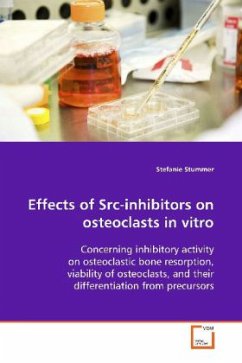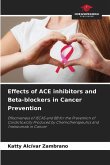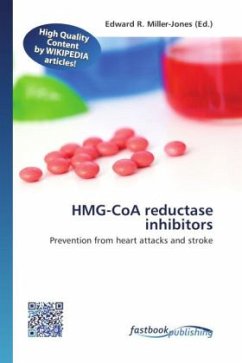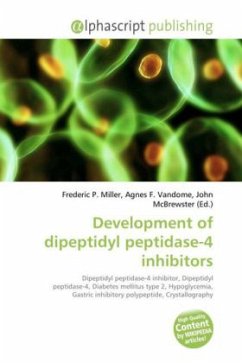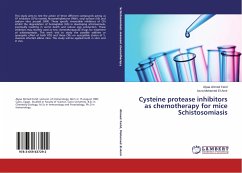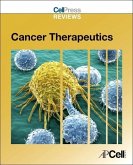The human skeleton is continuously regenerated in
order to repair damages of the bone and to maintain
homeostasis. Disturbances in the process of
remodelling can give rise to common bone disorders
such as osteoporosis. In Osteoporosis the resorption
of bone exceeds the formation of new bone resulting
in loss of bone mass and fractures. Many people
suffer from osteoporosis and other bone diseases and
therefore it is important to search for effective
pharmaceutical compounds. The Src inhibitor
substances SI35, SI34, SI83, SI24, and S2 were
studied for their effects on osteoclasts and bone
remodelling in vitro. The aim was to investigate
their functions on osteoclastic bone resorption
activity and osteoclast differentiation from
precursors. Also the effects on viability and the
number of osteoclasts were examined. Src inhibitor
substance SI83 had the strongest inhibitory
activity in the resorption assays with coculture-
derived osteoclasts as well as in the resorption
assays with rabbit osteoclasts. All of the tested
substances had an effect on the differentiation of
osteoclasts derived from mouse coculture.
order to repair damages of the bone and to maintain
homeostasis. Disturbances in the process of
remodelling can give rise to common bone disorders
such as osteoporosis. In Osteoporosis the resorption
of bone exceeds the formation of new bone resulting
in loss of bone mass and fractures. Many people
suffer from osteoporosis and other bone diseases and
therefore it is important to search for effective
pharmaceutical compounds. The Src inhibitor
substances SI35, SI34, SI83, SI24, and S2 were
studied for their effects on osteoclasts and bone
remodelling in vitro. The aim was to investigate
their functions on osteoclastic bone resorption
activity and osteoclast differentiation from
precursors. Also the effects on viability and the
number of osteoclasts were examined. Src inhibitor
substance SI83 had the strongest inhibitory
activity in the resorption assays with coculture-
derived osteoclasts as well as in the resorption
assays with rabbit osteoclasts. All of the tested
substances had an effect on the differentiation of
osteoclasts derived from mouse coculture.

